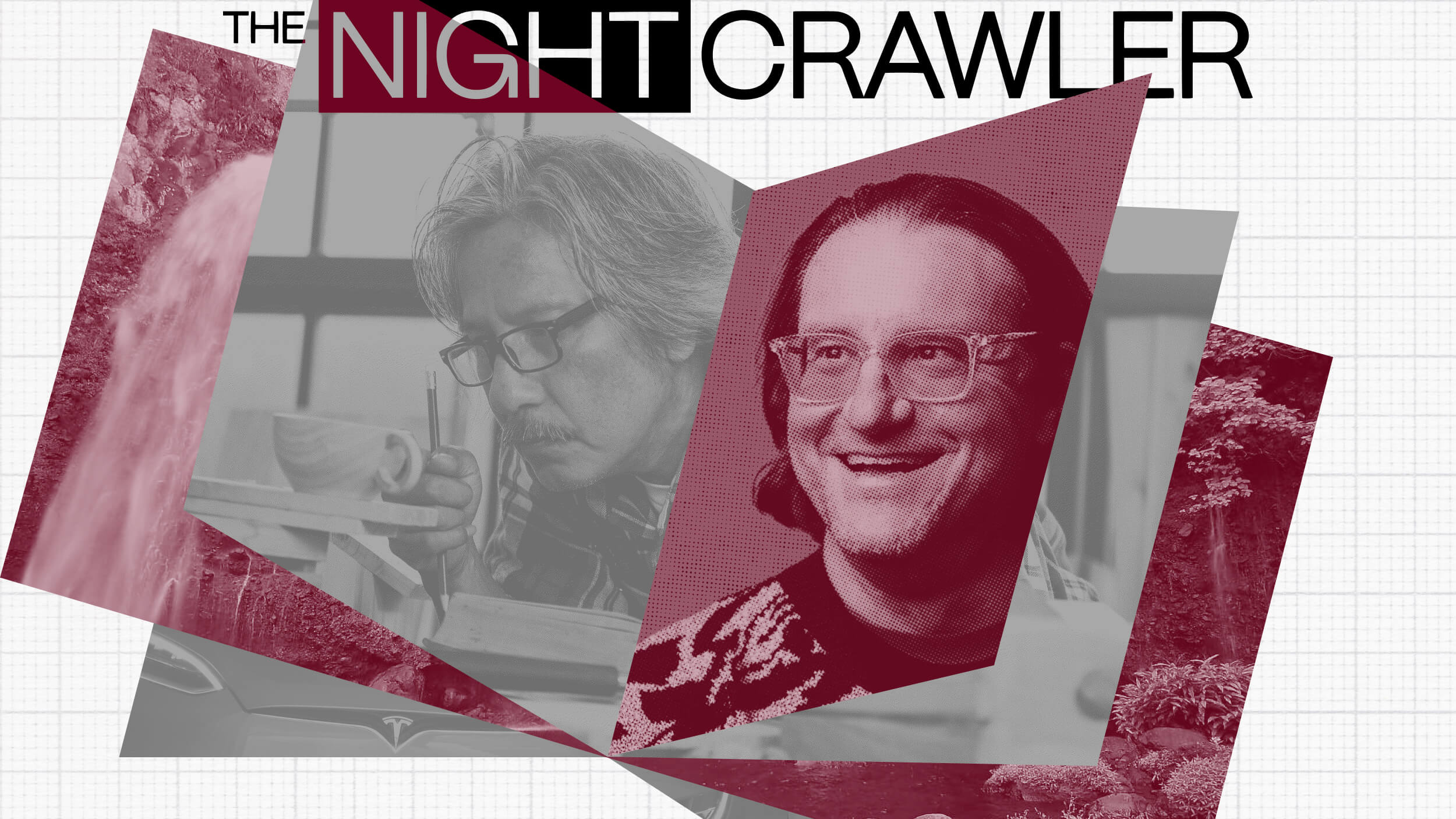Antonelli is still an architect at heart.
Question: What goes into an exhibition?
Antonelli: See I’m still an architect at heart, so goals __________, you know? You have an idea, and then everything has to go towards that idea. And if your initial idea is really strong, things fit into place. You know so the first, most important step is to really work on the idea and make it so that it can define the limits of what you wanna choose. The creative process continues until the very end. You know when you conceive an exhibition, you know I’ll tell you the process. You first go to your Chief Curator at MOMA, you discuss it with him and your colleagues. Then you go in front of your Exhibitions Committee, which is a bunch of tough cookies. I’m part of it too. You discuss it with them. They come back with . . . with questions. They really . . . They’re very . . . You know it’s tough love there. And if it goes through them and then you move on, then you’re basically on your own, which is beautiful and tough at the same time. The way I usually define the job of a curator at MOMA is you think of the curator as both the director and the producer of the movie, and MOMA is the studio. So you’re responsible to MOMA for the whole budget, you know for the quality of what you put together, and you make sure that you don’t embarrass MOMA, you know? So you have to kind of fostering that . . . You have to continue the mission. You have to be part of that family and of that particular idea. But then you’re responsible for the whole production. So it’s very creative and very practical at the same time. You have to work on a catalog. You have to work on a web site. You have to work on the installation. As the curator you’re responsible for all choices, including the tablecloths for the opening. You know it really is very, very detailed and very exciting, especially when you get towards the end and you’re on the floor doing the installation. And what you have in return is one of the best teams . . . production teams in the world. So we tend to do most work in-house. We have designers in-house. We have the best carpenters and painters, so they really can do everything. In this particular occasion I chose to have a graphic designer for the catalog from Amsterdam, ___________, because she’s one of the book designers in the world. And I wanted her to take this strong idea and make it become reality. So for Design and the Elastic Mind, ___________ is the catalog designer. And then we have a web site Japan, in Tokyo, _________. The company is called ___________. Once again he already had expressed some of the basic ideas that are in the show – the idea of scale, the idea of elasticity. And also we thought it would be interesting to have Europe, Japan, and the United States since this is an exhibition about how the world has changed and how we’ve become much more elastic in our everyday lives. So in this particular case we’re outside, but everything else is inside MOMA. And the creative process really, as far as I’m concerned, is also in the budget. You know I do believe that what differentiates something like film, or something like design from the other arts is that you always have to deal with very, very practical, mundane problems. And that’s what keeps you at bay, and what makes sure that in the end the project is as universal, and as easy to communicate as possible.





